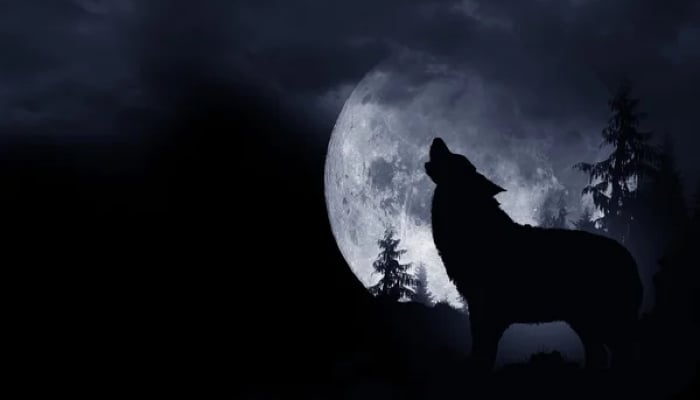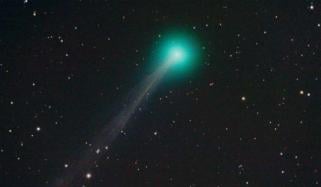
Stargazers are all excited to welcome the âWolf Moon,â but the good news for them is that they do not need to wait too long for it.
According to Independent, the first full moon of every year, or January full moon, is widely known as the âWolf Moon.â
As per the Farmerâs Almanack, the Wolf Moon will illuminate the sky on January 13, 2025, while it will be at its peak at 5:27 p.m. Eastern time.
Different cultures have different explanations for the term Wolf Moon. According to Western Washington University, North American Indigenous nations use the term wolf to describe the winter moon, and the Cheyenne tribe called the November and December moons as âwhen wolves run together.â
Dr. Darren Baskill, an astrophysicist from the University of Sussex, told BBC Science Focus, âThe January Full Moon is known as the Wolf Moon by some European cultures, due to the evocative calls of wolves as they search for food in the depth of winter.â
âWolves were hunted to extinction in the UK just 250 years ago, being Britainâs last apex predator to go extinct. But their presence is still remembered today through the oral tradition of the names of the Full Moon,â he added.
Celtic and Old English folklore have also described early year full moons as âWolf Moons.â
Furthermore, after spending an eventful 2024 with the Super Moon, the Blue Moon, and a rare partial eclipse of the Super Moon, and the orange-coloured Hunterâs Moon, sky gazers are excited to witness more rare celestial events in 2025.












